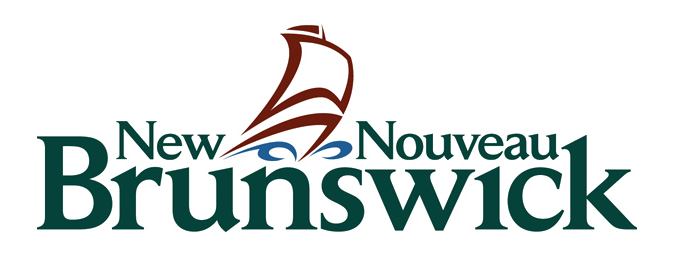
Le projet de Jeff Arsenault nous propose une rue pédestre/cyclable au coeur du centre-ville. Arsenault écrit:
Nearly every street in downtown Moncton is designed for motor vehicle traffic. Our city's core is unfriendly to the people who live and work there. The least we can do is dedicate one full avenue for pedestrians and one for bicycles, creating livable streets.
Lutz Street will become a pedestrian-only surface. High-density housing will be encouraged with strict design guidelines enforced, including (but not limited to) architectural merit, sustainability and quality of materials, energy efficiency, minimum window areas, and allowances for bicycle storage. Vehicle parking will not be a requirement, but a balanced approach will be encouraged, especially car-sharing arrangements. Street-level first floors will be reserved for small businesses including restaurants and shops. Franchises or "chain" restaurants and stores will not be allowed within a defined perimeter around the livable streets. This will offer the opportunity for local entrepreneurs to flourish without the risk of being pushed out by a large corporation simply because chains and franchises have the will to take over more territory and eliminate smaller competition.
A bridge for pedestrian and bicycle traffic will be built at the northern end of the livable streets, connecting them to the intersection of the Université de Moncton campus and the Sunny Brae neighbourhood. This will provide easier access to downtown for a large portion of Moncton's population base, including the neighbourhoods further up McLaughlin and Elmood Drive. Currently, residents of those areas must follow hostile roadways, especially in the winter months,to make their way on foot or by pedal to the downtown core.
Robinson Street will become a bicycle-only surface. Bike tunnels will be constructed under Mountain Road, St. George Street, Victoria Street, Queen Street and the train tracks, as well as Main Street. Side streets such as Railway, Park and Austin will end at Robinson. These provisions, along with the connector bridge over Wheeler Boulevard, will allow for an uninterrupted flow of bicycle traffic through the most ideal downtown corridor, where all major intersecting roads can easily add bike lanes to connect to this route.
Both of these dedicated surfaces will help ensure that future development of downtown Moncton will continue in a sustainable way. With the livable streets naturally leading there, the Petitcodiac river waterfront, which has been neglected for so long, will become prime redevelopment land. The only way to have a lively downtown is to make is so that people are able to live, work, shop and play all within walking distance. Restricting it to only one or two of those activities and catering to motor vehicle traffic as a priority essentially assures the demise of the downtown, as history has proven in so many other cities.
A new direction for beautification and sustainability will be pursued, by planting only edible plants as well as fruit-bearing trees and shrubs throughout the area. These will be organically grown, and the food produced will be available to users of the livable streets.
Transforming these two avenues from their current main use as motor vehicle corridors will offer the opportunity to improve vehicle traffic flow as well. The current throughways are a mishmash of improperly laid out "main" arteries that start and end abruptly, causing incredible bottlenecks even with very little actual traffic. Realigning motor vehicle traffic so that the parallel Archibald and Botsford streets actually function as traffic corridors will offer an
improved flow to and from the downtown area, so that traffic jams only occur when there are actually too many vehicles.
These may seem like ambitious and costly projects, but when you imagine the cost of building and servicing sprawl at the rate it is happening today and compare that to the per person cost of servicing this sustainable community, there is no question that it is a viable
investment.
The beautiful point of this entire exercise is that those who chose not to partake in the madness of wasting precious hours of their lives in a motor vehicle waiting for the light to turn will have a real option: a walkable, sustainable, community-oriented neighbourhood to live in, where a simpler way of life will be possible and will help lead to a prosperous City of Moncton that will rise again.







